Early July 2017 (1st-10th)
/Hot & humid summer weather dominated throughout early July and Shorebirds started arriving in Virginia along their southbound migrations. Top birds during this period in Virginia Beach included the continuing FORK-TAILED FLYCATCHER, fresh observations for SCISSOR-TAILED FLYCATCHER, ANHINGA & ROSEATE TERN and the probable continuance of a WHITE-EYED EASTERN TOWHEE! In addition to these rarities, first-of-season arrivals this period included our first-of-fall Black-bellied Plover (6 Jul), Lesser Yellowlegs, Semipalmated Plover, Least Sandpiper & Short-billed Dowitcher (7 Jul). WEATHER: Overall, early July’s average daily high temperatures continued the typical of trend of surpassing late June’s, rising to 88.6 degrees F (+3.6 degrees); average daytime lows also rose to 73.7 degrees F (+5.4 degrees). The previous 10-year average daily highs & lows for the early July period were 87.9 & 71.7 degrees F, respectively which puts this period in 2017 at +0.7 and +2.0 degrees when comparing to the 10-year averages. During the previous 10-year period, the maximum average daily highs & lows were 93.6 (2012) & 76.6 degrees F (2016). We had 6 days with measureable precipitation which amounted to a total of 1.66 inches, most falling on 8 July (a Saturday) with 0.82 inches accumulating.
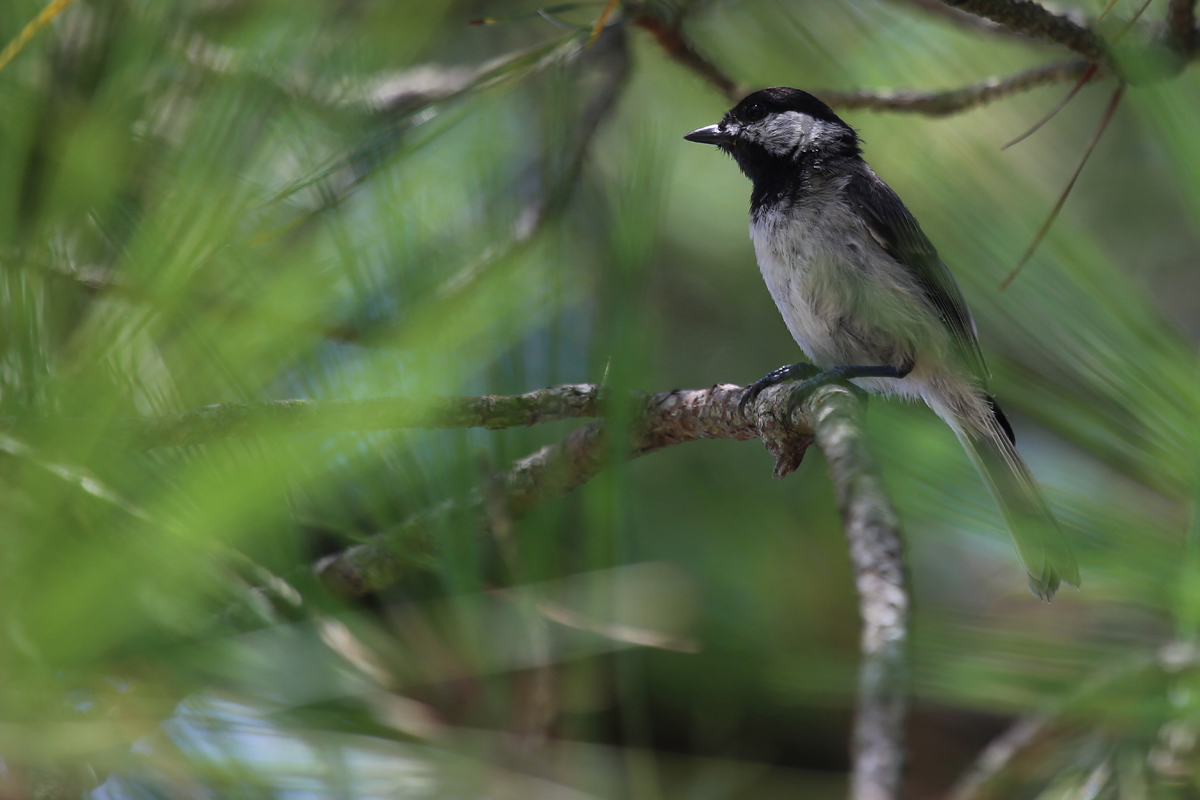
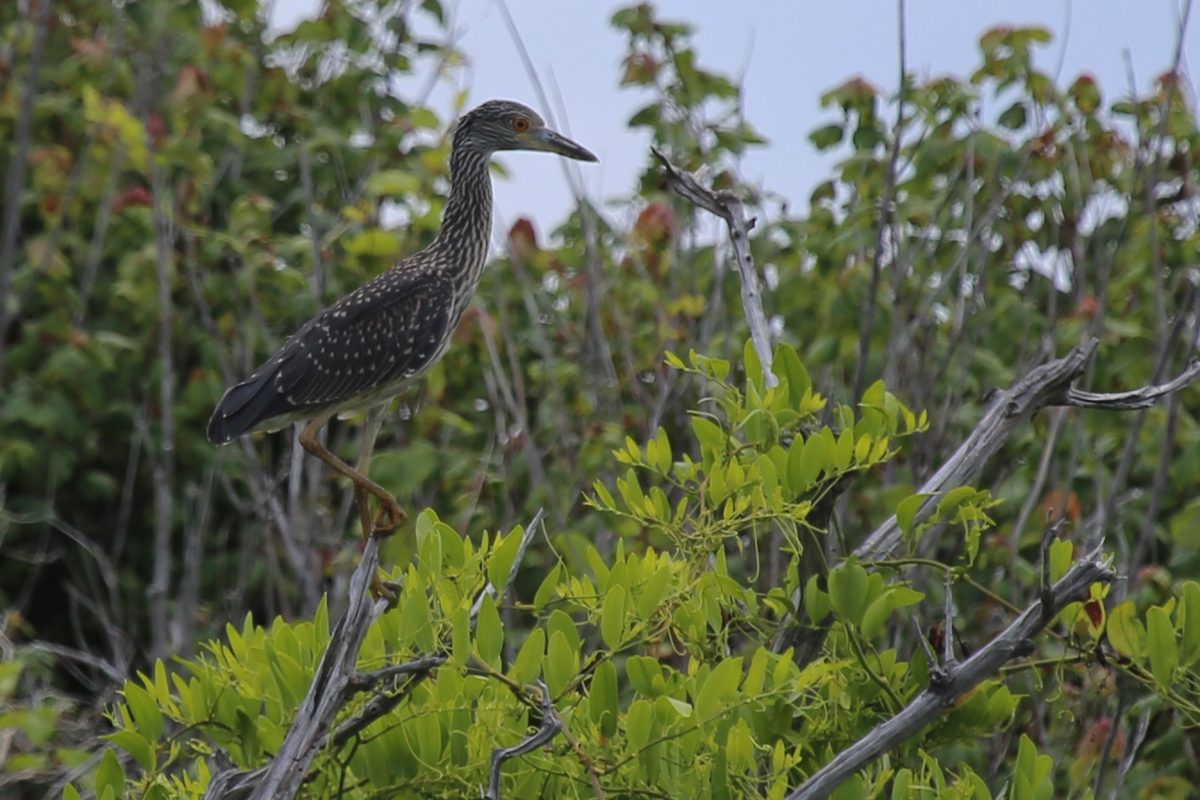
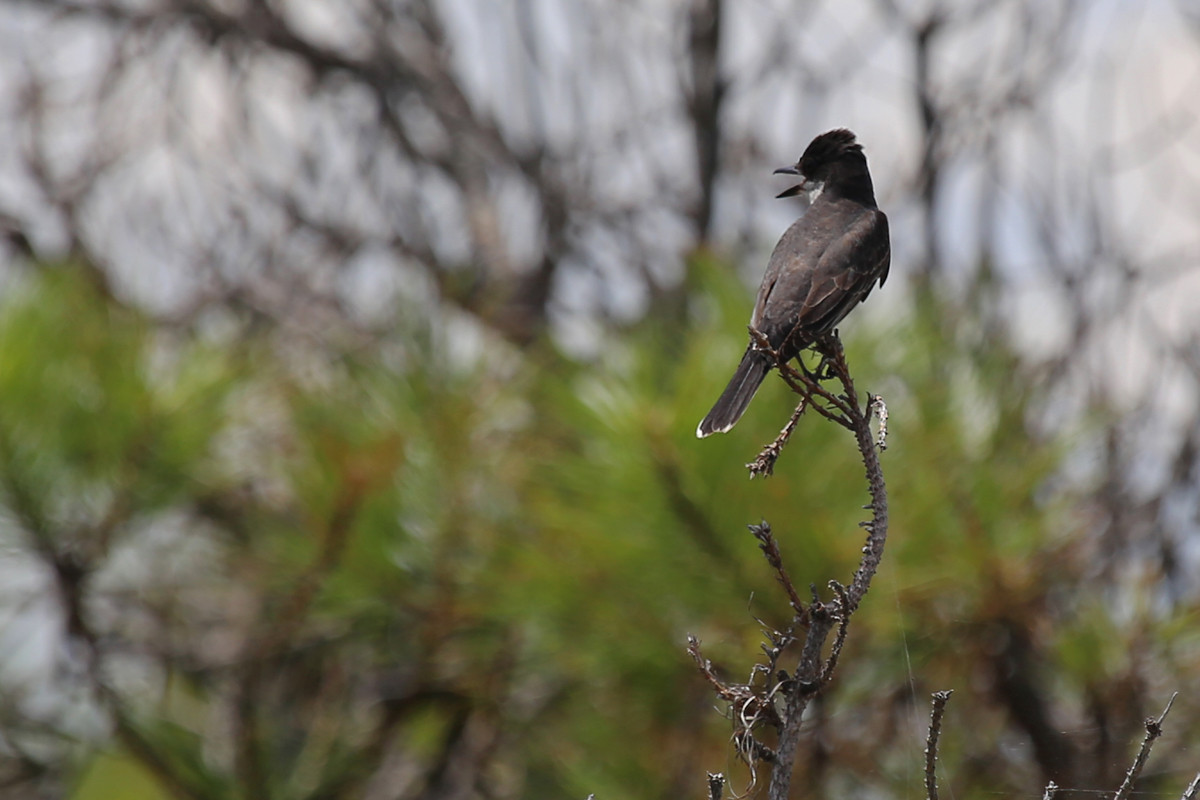
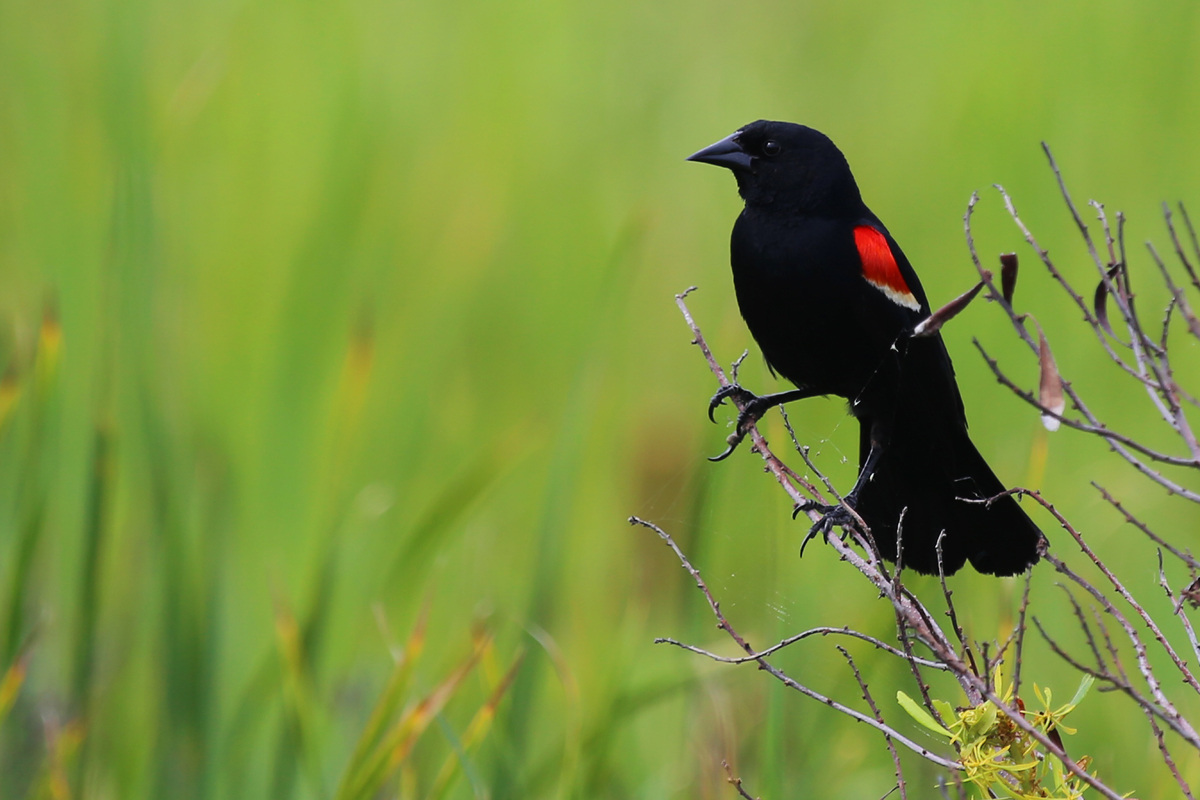
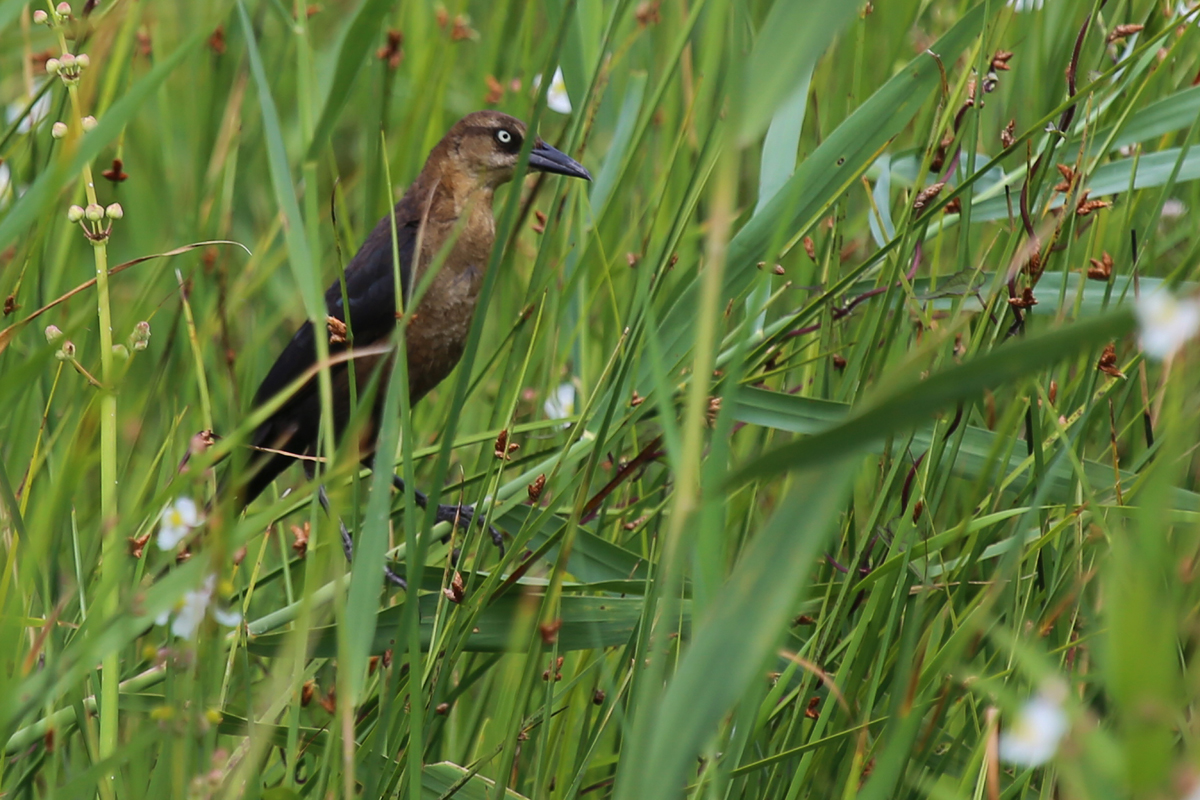
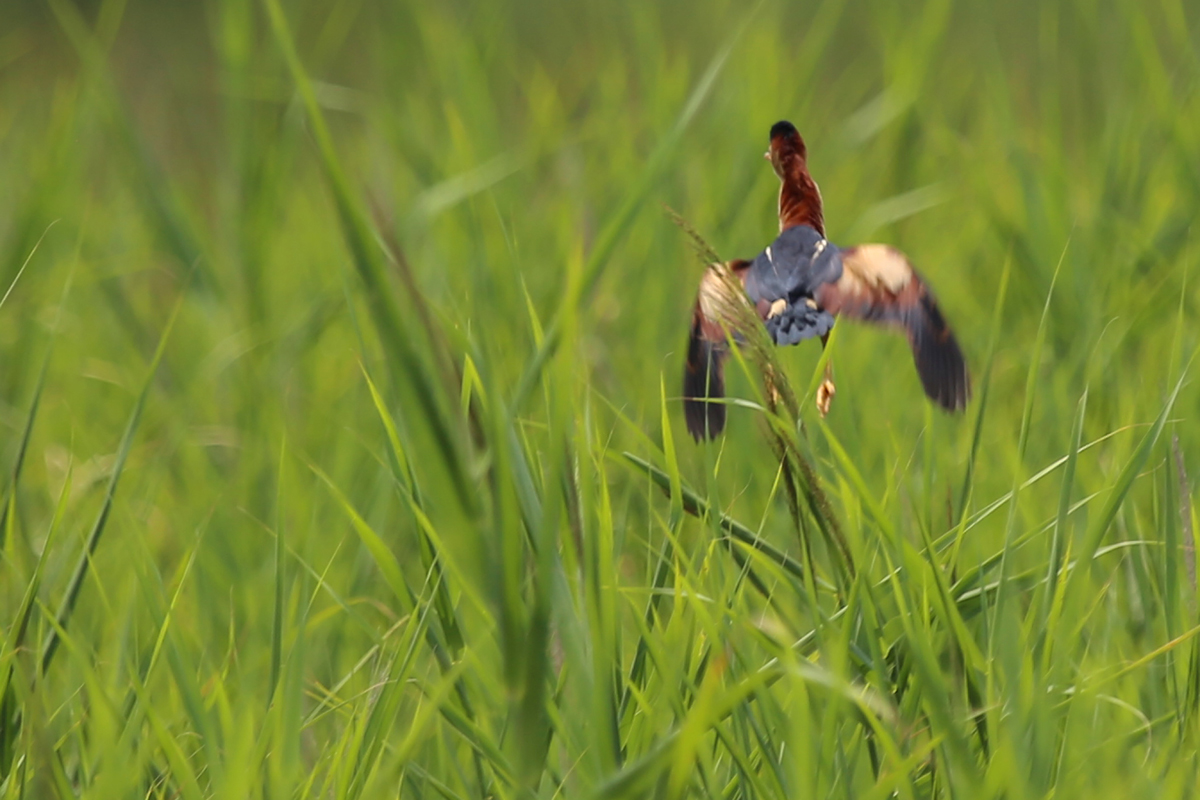
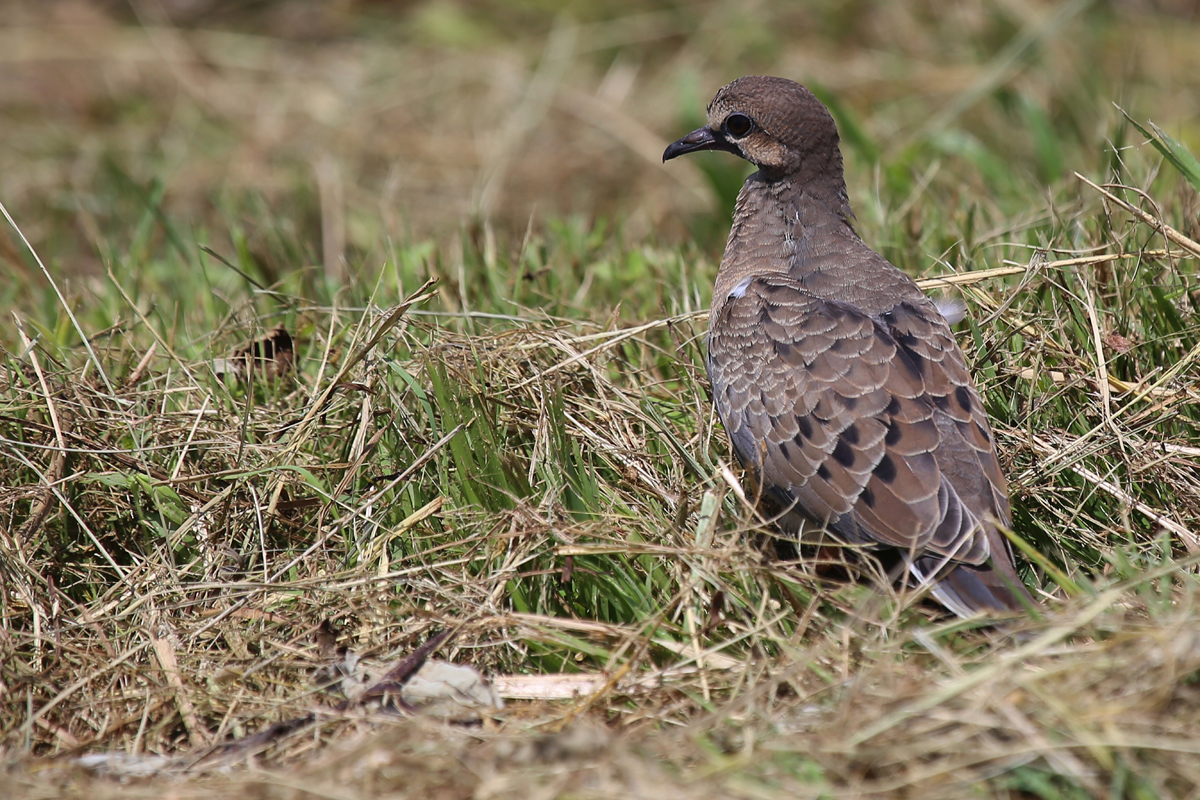
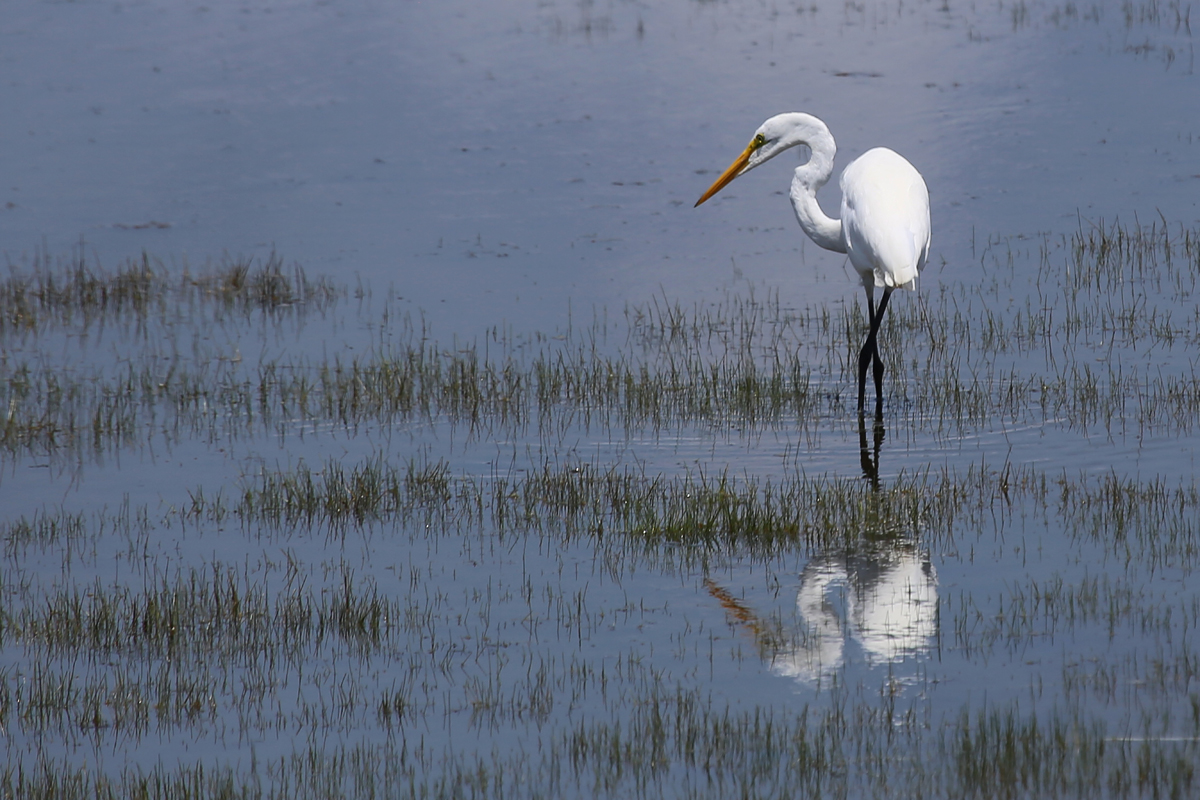
OBSERVATIONS: Continuing through yet another period, the FORK-TAILED FLYCATCHER first observed 15 Jun by Karen & Tom Beatty was viewed by many observers who visited Back Bay NWR around the 4th of July holiday! However, what appears to have been the final observation of this South American vagrant occurred 8 Jul, and it seems this rarity has finally moved on from its temporary residence along the power line wires of the park. The most notable aspect of its sudden departure is that it was Karen & Tom who were given the opportunity to view its final flight out over Back Bay before it disappeared from sight; a fitting end to their find which over the course of 24 days provided innumerable birders the opportunity to view what was in most cases, a rare life bird! The eBird reports are at least quantifiable though, and while there are certainly some repeats of local birders observing the flycatcher more than once, the 153 eBird reports submitted is an absolutely staggering number.
Thanks also to the Fork-tailed Flycatcher, another rarity was observed and photographically documented in the same vicinity when a SCISSOR-TAILED FLYCATCHER made a showing early in the day of 1 Jul. Initially, photographs were taken by Logan Anderson, Phil Kenny & Russell Taylor, but a VA-Bird Listserve posting later in the day cited observer Ryan Corkill as the finder of the bird. Unlike the Fork-tailed Flycatcher, this rarity stayed only for the day, and proved difficult to find, with numerous birders missing it throughout the day (myself included), though it was again photographed after 5 PM by Mary Catherine Miguez as it flew from the dune line towards the power line, then quickly back. That was the last time the bird was able to be observed, and certainly not for a lack of effort the following day! According to Ned Brinkley, it had been "29 years and 29 days" since the last time both species of long-tailed flycatchers were seen in Virginia! So it is extra-incredible that Phil, Russell & Mary Catherine all were able to have both species on the same eBird checklist! While the Scissor-tailed has prior records of 18 May 2015 (ph. Michael Linz) and 21 Jun 1996 (obs. David Clark) in eBird, as well as a mention in The Gold Book of a photographed individual from 2 Dec 1972, this appears to be only the fourth record for the refuge. It also made for a second 2017 record in Virginia Beach with Tracy Tate & Andrew Baldelli having found a different (or maybe even the same?) individual 7 May near the junction of Gum Bridge & Muddy Creek Roads on the western side of Back Bay. That individual also stayed only a short time and wasn’t located beyond an hour or so from the initial sighting. Scissor-tailed enjoyed a solid spring in Virginia as a whole with an individual present in southern Northampton County 16 May (ph. Brian Taber) and another present near Wallops Flight Facility in Accomack County 18-19 May (ph. Edward Brinkley & Jason Strickland).
In this same vicinity of Back Bay NWR, a WHITE-EYED EASTERN TOWHEE was observed and photographed by Mary Catherine Miguez along the entrance road. This form of Eastern Towhee, occurs primarily from Florida north into North Carolina. I’m unsure if this individual is the same that was found 28 May (ph. Rob Bielawski) further to the south near the maintenance yard, or if this is yet another individual. The 28 May bird was at first thought to be a potential first state record for this form due to lack of published reorts, but in the discussions that ensued, Ned Brinkley determined that there have been past records for this form at both Back Bay NWR (obs. Robert Ake in the 1970s), and at Great Dismal Swamp NWR (obs. Donald Schwab, date unknown). Since then, Karen & Tom Beatty have also been able to provide a photograph of a “white-eye” from 20 May 2015, also at Back Bay NWR. Until we’re able to find more than one in the same spot though, it seems likely that at least the 2017 records pertain to the same individual, though the possibility exists that there are others present at the park. Back Bay NWR currently represents the northern-most extent of this form’s known range, so any observations are important to get input to eBird!
Also new to the rarities listing this period was the occurrence of a single ANHINGA soaring over Lake Smith in northwestern Virginia Beach (obs. Tracy Tate). Up to 3 Anhingas have been reported in this area previously in the spring and also soaring overhead in October of 2016 ahead of an inbound tropical cyclone. For anyone who lives or birds nearby, it is important to check out any cormorants that might be flying overhead, as Anhinga can be easily overlooked though their longer, narrower tails and snake like necks with thin, pointed bills make them obvious after a closer study.
Lastly, but certainly not least, Virginia Beach’s very first ROSEATE TERN for the year was observed and photographed 9 Jul by Karen & Tom Beatty along the beach at Camp Pendleton SMR! In fact, this is the only record so far in 2017 for Virginia as a whole and the first documented record in the state since Bill Hohenstein photographed one 25 Jun 2015 at Chincoteague NWR in Accomack County. Unfortunately this bird was not re-found after the initial observation, but there always exists the chance that it will show up along the coast in the coming days; certainly one to watch for. As I learned from extensively browsing the photographs, the long, narrow, black bill, and full black cap are probably the most helpful field marks to focus on with in-flight passersby at this point in the season.
First-of-season (specifically, first-of-fall as we move forward now) observations this period included what may actually be an over-summering Black-bellied Plover observed 6 Jul by Bill Oyler. This individual could be the same bird reported 16 Jun by James Marcum and 23 Jun by Andrew Baldelli, and while it is still early, we are probably near enough to the species’ average arrival date of 15 Jul that it seems fair to refer to it as a first-of-season bird. Other shorebird species began arriving in numbers 7 Jul, with Lesser Yellowlegs (early with a 10 Jul average arrival), Semipalmated Plover (early with a 15 Jul average arrival), Least Sandpiper & Short-billed Dowitcher (5 Jul average arrivals) having been observed at Back Bay NWR by Andrew Baldelli & Tracy Tate.
Perhaps not ‘noteworthy’, but an interesting report popped up along the Shore Drive corridor when Tim Barry both saw & heard a Northern Bobwhite in a populated, suburban area 4 Jul. Perhaps the same individual was also reported 8 Jul at Pleasure House Point NA by Bill Oyler and Natalie & WS Barbour. Amazingly, the last report for a Northern Bobwhite in this section of Virginia Beach was 17 Feb 1990, observed by Bob Swiader. Whether this is a wild bird that somehow found its way to the area, or a local pet that was released is something that likely won’t reach resolution, but it is an interesting record nonetheless. Lastly, Yellow-crowned Night-Herons seem to be undergoing a dispersal from their breeding colonies now, with reports popping up at Back Bay NWR, JEB Fort Story, and at South Thimble Island, where they typically are not observed with any frequency!
SPECIES DOCUMENTED BY MEDIA and submitted to eBird for Virginia Beach during this period included: 1 JUL – Eastern Kingbird, SCISSOR-TAILED FLYCATCHER, FORK-TAILED FLYCATCHER, Tree Swallow, Brown Thrasher & Blue Grosbeak (Back Bay NWR / Phil Kenny); SCISSOR-TAILED FLYCATCHER & FORK-TAILED FLYCATCHER (Back Bay NWR / Russell Taylor); Yellow-crowned Night-Heron, Eastern Kingbird, FORK-TAILED FLYCATCHER & Brown Thrasher (Back Bay NWR / Rob Bielawski); Eastern Kingbird, SCISSOR-TAILED FLYCATCHER, FORK-TAILED FLYCATCHER & EASTERN TOWHEE (WHITE-EYED) (Back Bay NWR / Mary Catherine Miguez); Chuck-will’s-widow & FORK-TAILED FLYCATCHER (Back Bay NWR / Ernie Miller). 2 JUL – Osprey (Bayside Rd. / Laura Mae); FORK-TAILED FLYCATCHER, Blue Grosbeak & Orchard Oriole (Back Bay NWR / Tamara Conklin); Eastern Kingbird, FORK-TAILED FLYCATCHER, Carolina Wren, Gray Catbird, Eastern Towhee & Blue Grosbeak (Back Bay NWR / Karen & Tom Beatty); FORK-TAILED FLYCATCHER (Back Bay NWR / Greg Moyers); FORK-TAILED FLYCATCHER (Back Bay NWR / Ezra Staengl); FORK-TAILED FLYCATCHER (Back Bay NWR / William Leigh); Black Vulture, Ruby-throated Hummingbird, Red-bellied Woodpecker, House Wren, Carolina Wren, Eastern Bluebird & American Robin (Hunt Club Forest / Karen & Tom Beatty); Eastern Kingbird & Cedar Waxwing (Back Bay NWR / Mary Catherine Miguez). 3 JUL – Least Bittern, King Rail, Ruby-throated Hummingbird, Great Crested Flycatcher, Eastern Kingbird, Red-winged Blackbird & Boat-tailed Grackle (Back Bay NWR / Rob Bielawski); White-breasted Nuthatch, Carolina Wren, Brown Thrasher, Eastern Towhee & American Goldfinch (Kings Grant / Ron Furnish). 4 JUL – Osprey, Yellow-billed Cuckoo, Northern Flicker, Eastern Kingbird, Carolina Wren, Brown Thrasher, Common Yellowthroat, Yellow-breasted Chat, Field Sparrow, Eastern Towhee, Northern Cardinal & Red-winged Blackbird (Back Bay NWR / Karen & Tom Beatty); Brown Pelican, Great Blue Heron, White-eyed Vireo & Carolina Wren (Dam Neck NA / Karen & Tom Beatty). 5 JUL – Brown Pelican, Yellow-crowned Night-Heron, Spotted Sandpiper, Laughing Gull, Least Tern, Common Tern, Royal Tern & Sandwich Tern (JEB Fort Story / Karen & Tom Beatty); Mourning Dove (Back Bay NWR / Rob Bielawski); Great Egret, Caspian Tern, Yellow-billed Cuckoo, Eastern Kingbird & Carolina Chickadee (Back Bay NWR / Rob Bielawski). 6 JUL – Osprey & Brown-headed Nuthatch (First Landing SP / Charlie Bruggemann); Ring-billed Gull, Yellow-billed Cuckoo, Barn Swallow, Carolina Wren, Northern Mockingbird, Common Yellowthroat, Yellow-breasted Chat, Field Sparrow & Eastern Towhee (Back Bay NWR / Karen & Tom Beatty); Yellow-crowned Night-Heron (Kings Grant / Rob Bielawski); Cooper’s Hawk (Kings Grant / Rob Bielawski). 7 JUL – FORK-TAILED FLYCATCHER (Back Bay NWR / Karen & Tom Beatty); Great Blue Heron, Willet, Caspian Tern, Common Tern, Royal Tern & Sandwich Tern (Back Bay NWR / Karen & Tom Beatty); FORK-TAILED FLYCATCHER (Back Bay NWR / WS Barbour); FORK-TAILED FLYCATCHER (Back Bay NWR / WS Barbour). 8 JUL – FORK-TAILED FLYCATCHER (Back Bay NWR / Russell Hillsley); Yellow-crowned Night-Heron (Pleasure House Point NA / WS Barbour); Eastern Kingbird, Fish Crow, Purple Martin, Yellow-breasted Chat, Field Sparrow, Eastern Towhee, Northern Cardinal, Blue Grosbeak & Indigo Bunting (Back Bay NWR / Dave Larsen); Blue Grosbeak (Back Bay NWR / Thomas Doebel); FORK-TAILED FLYCATCHER (Back Bay NWR / Karen & Tom Beatty). 9 JUL – Double-crested Cormorant, Lesser Black-backed Gull, ROSEATE TERN, Common Tern, Forster’s Tern, Royal Tern & Brown Thrasher (Camp Pendleton SMR / Karen & Tom Beatty); Black Scoter, Brown Pelican, White Ibis, Great Black-backed Gull & Sandwich Tern (JEB Fort Story / Karen & Tom Beatty). 10 JUL – Great Black-backed Gull, Sandwich Tern & Eastern Kingbird (Back Bay NWR / Karen & Tom Beatty).
LOOKAHEAD: July is typically the peak of heat throughout Virginia Beach, and while the immediate coast can sometimes benefit from the ocean breeze, expect high temperatures to be the norm through the next period, no matter where you find yourself. Shorebirds tend to take center stage during this heat, with most birders fanning out to areas where these birds can be observed as they start arriving along their southerly migrations. Beaches, mudflats and agricultural fields will prove to be the most productive locations, though mudflat real estate is severely lacking in Virginia Beach this year with both the Beasley & Whitehurst Tracts of Princess Anne WMA having become overgrown with vegetation since last year, and thus not providing suitable habitat for shorebirds as each had in 2016. Back Bay NWR’s C Storage Pool could be a good spot with water levels allowing some available mudflat. And if not, the park is still always worth a visit as half this period’s rarities occurred there. Regularly occurring (used synonymous with annually-occurring here) species with average arrival dates during early July that have not been observed yet include Whimbrel, Cliff Swallow & Black Tern (10 Jul expected arrival date). These should be looked for heading into mid-July, and additionally, expected mid-July arrivals include Pied-billed Grebe, Piping Plover, Semipalmated Plover, Black-bellied Plover (15 Jul), and Red Knot, Solitary Sandpiper, Stilt Sandpiper & Pectoral Sandpiper (20 Jul). While we have already had early reports of Semipalmated & Black-bellied Plovers, the others should be looked for to firm up their arrival dates, and as always, make sure to report your finds to eBird so the data can be used to adjust our Virginia Beach filter! For a full listing of "average expected arrival dates", please click Here!
Next Entry | Entry Index | Previous Entry | Same Period Last Year
For more information on this thrice-monthly Birding Blog, please check out the Journal Overview Page on the website. It provides background information as to what sightings are considered for the blog, details about the format of the blog, and it will likely answer many other questions that readers might be wondering about as well! As always, thank you for reading, and please leave me a comment below (you may use your Facebook, Gmail or other accounts to easily do so), or just click the Heart icon to the lower right of this post to let me know you stopped in!